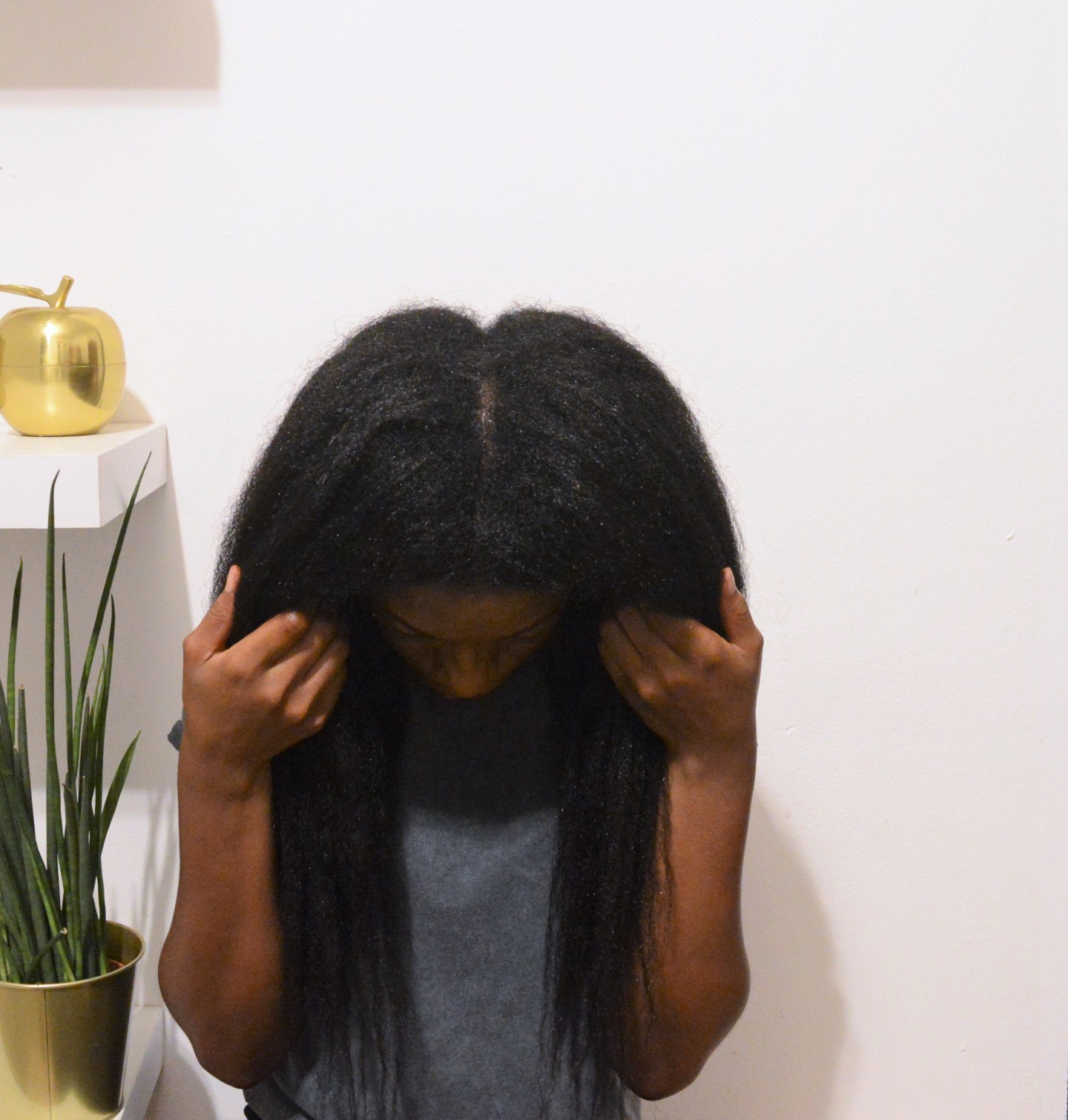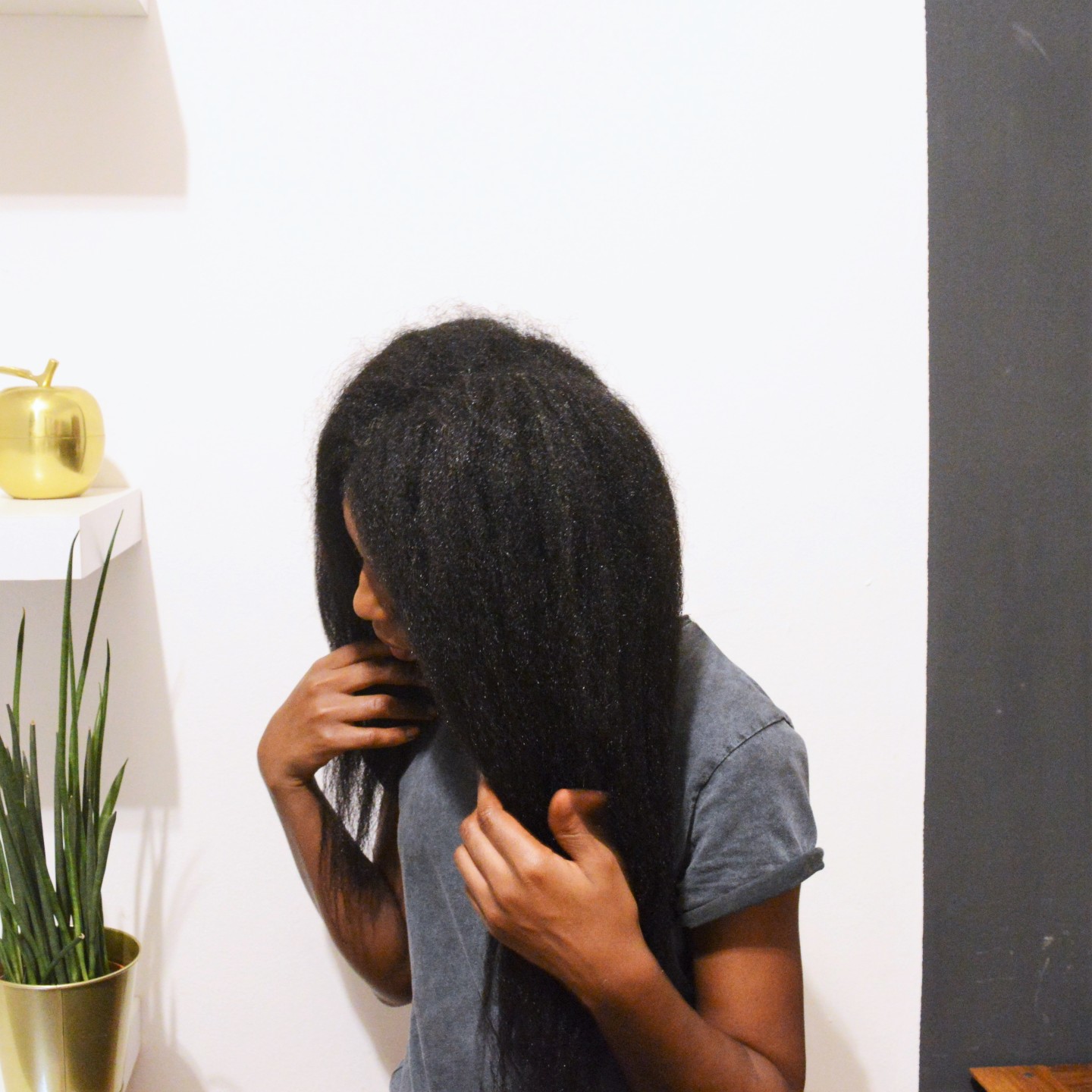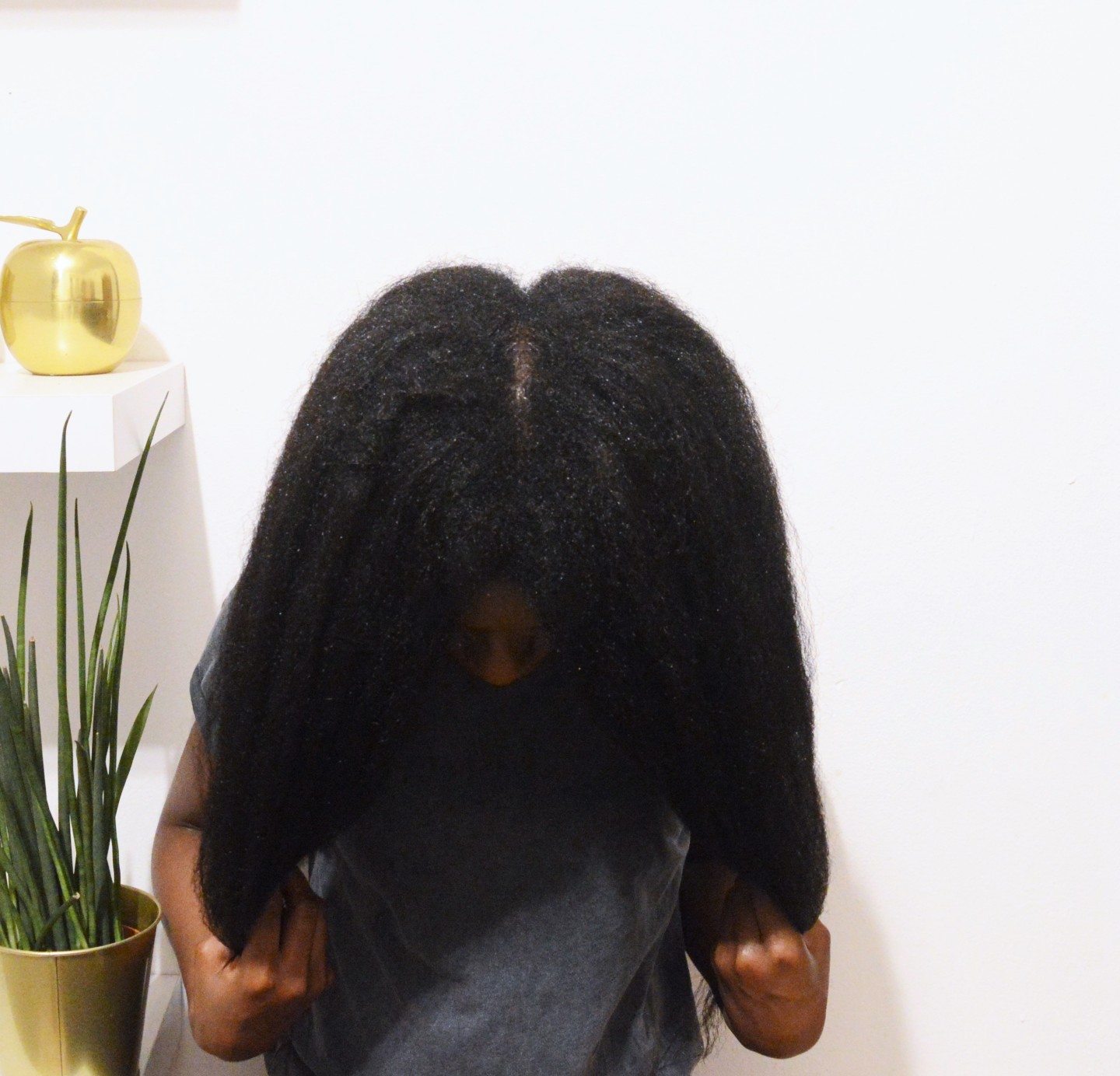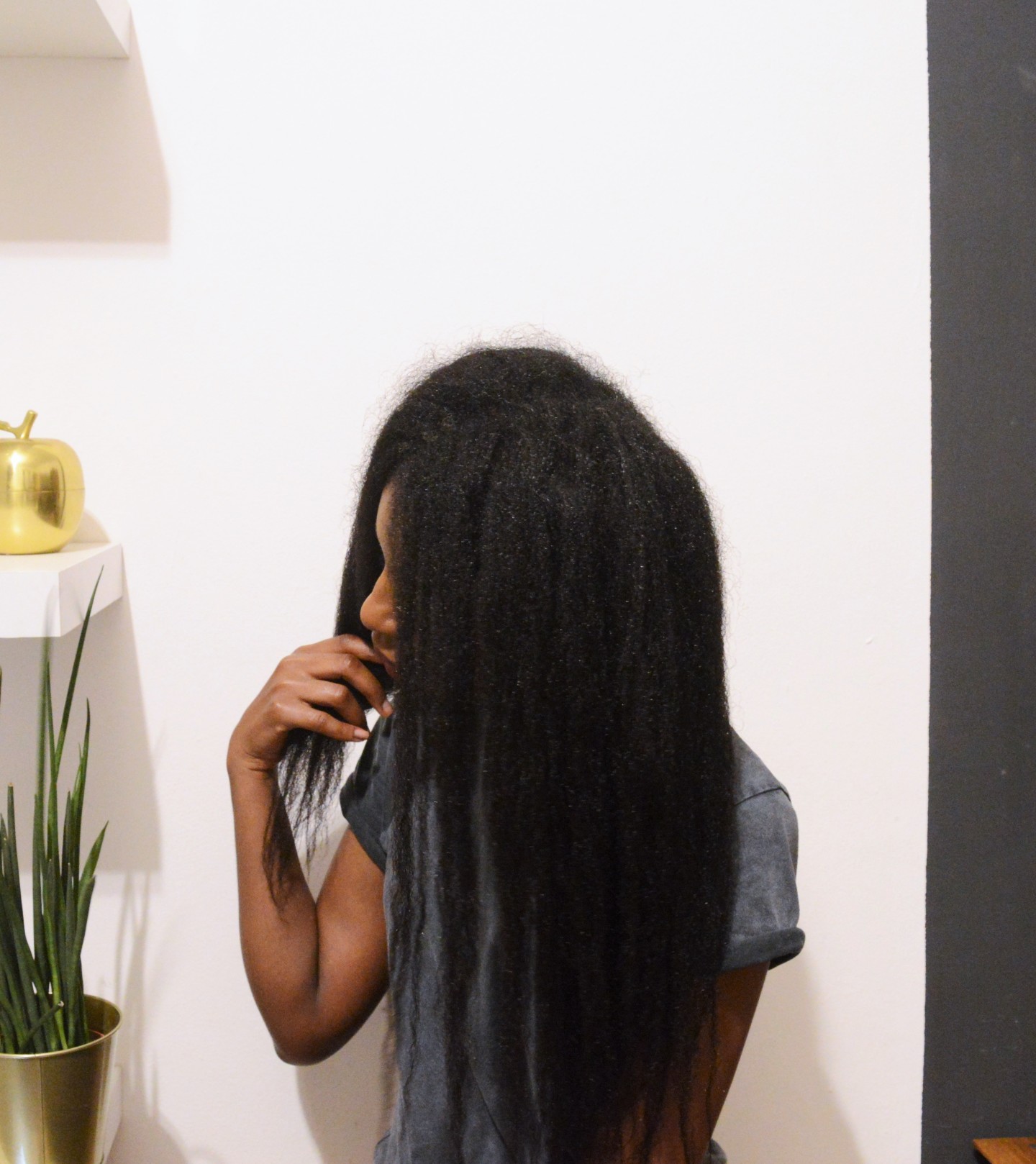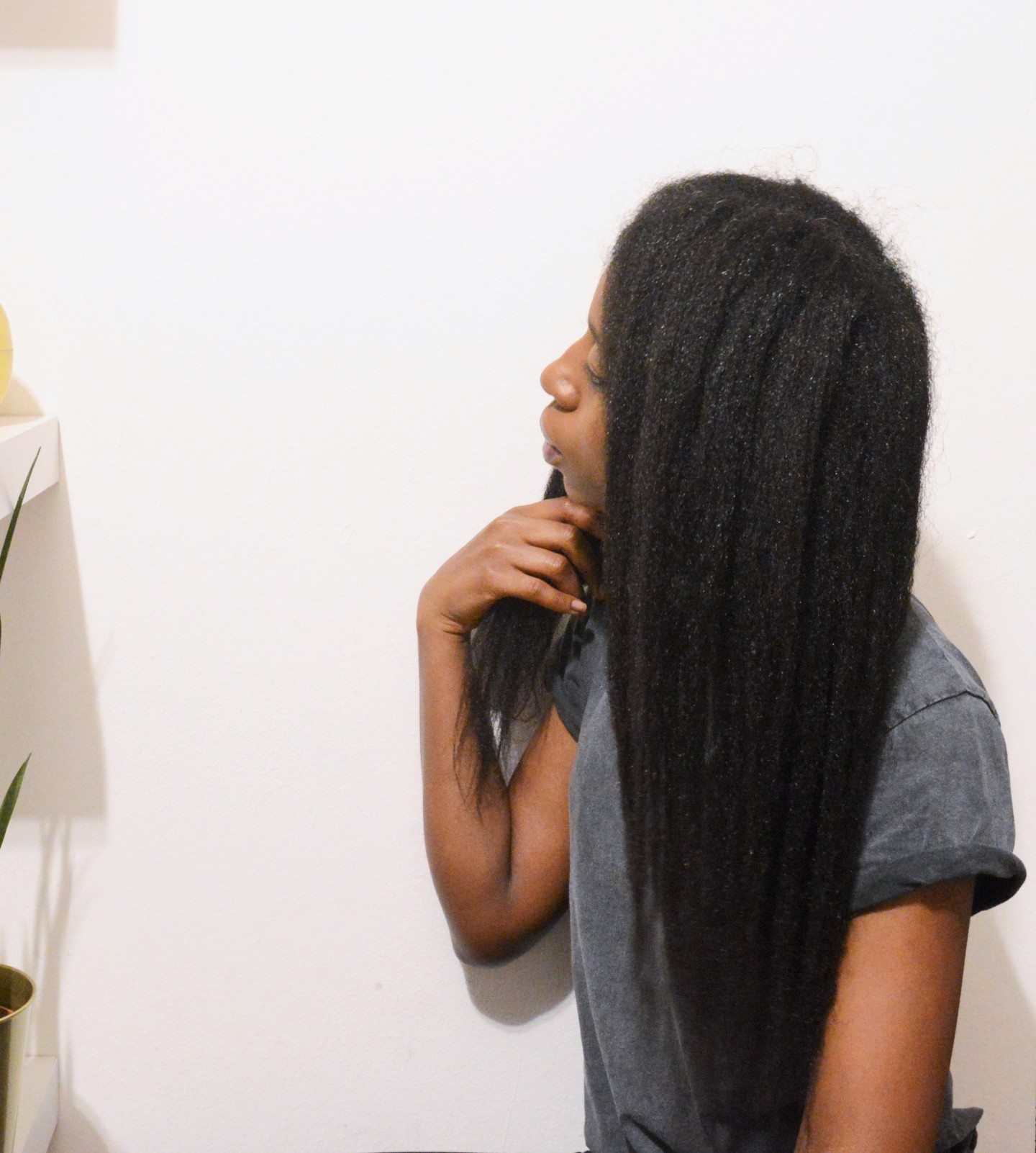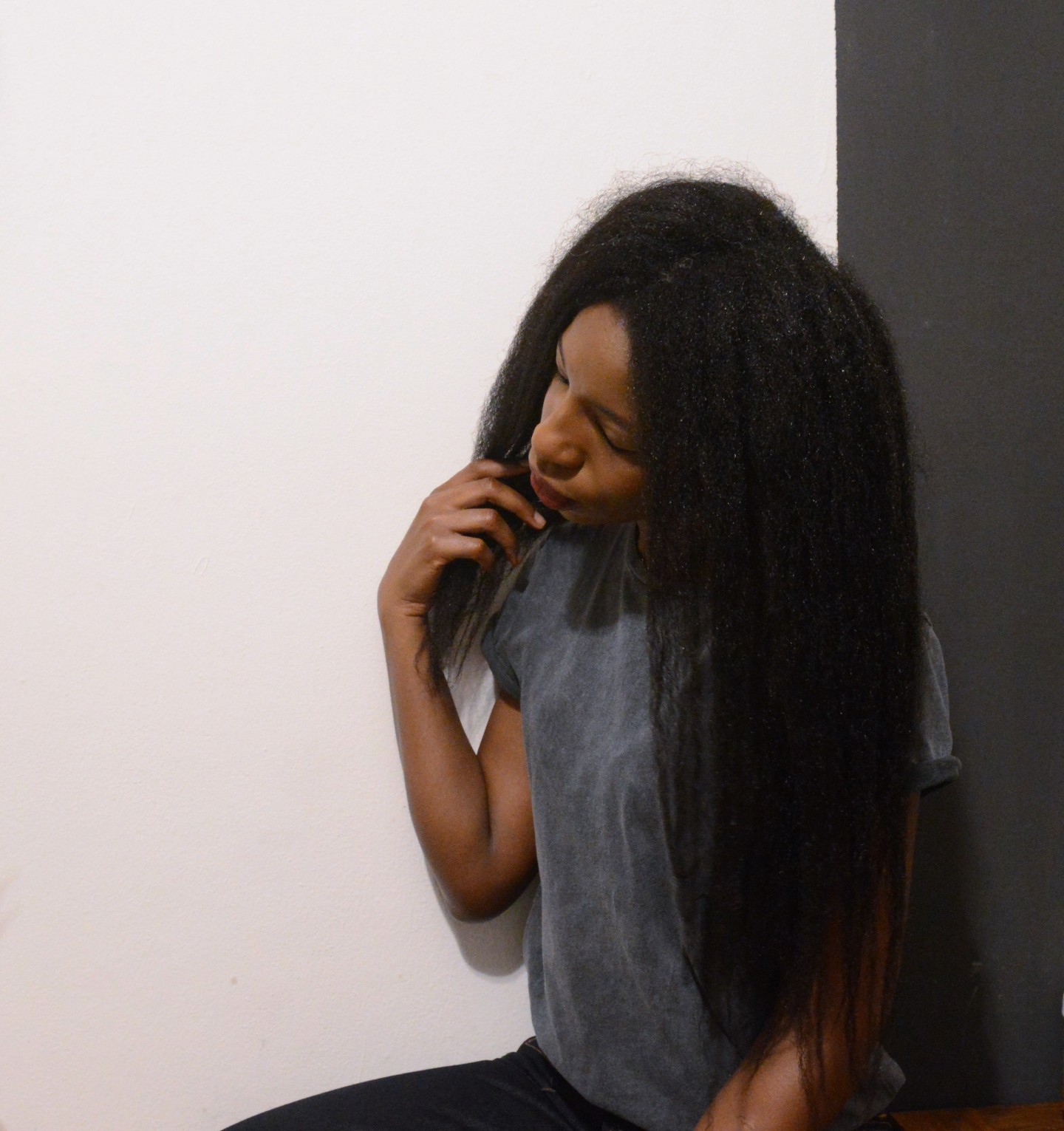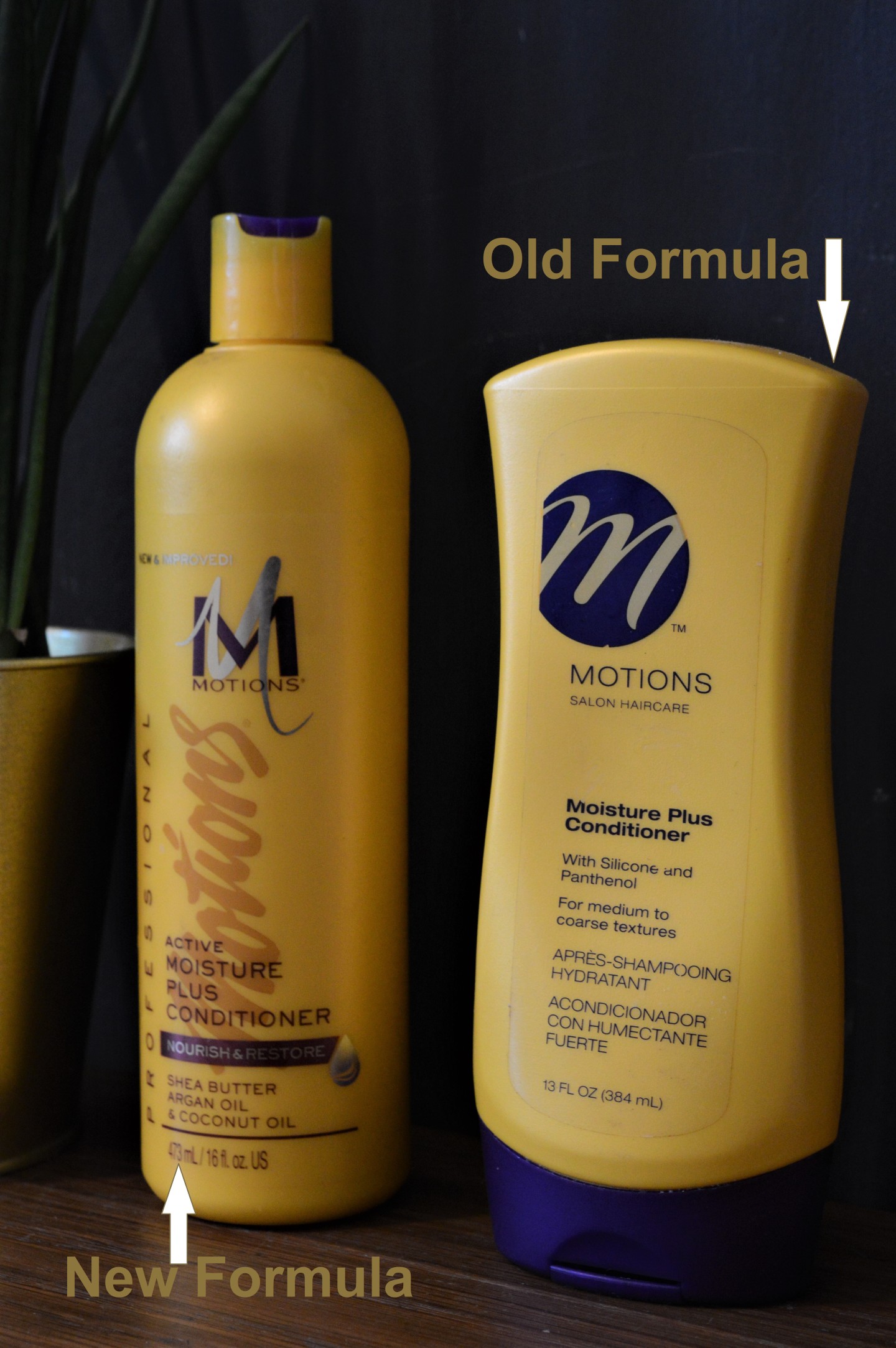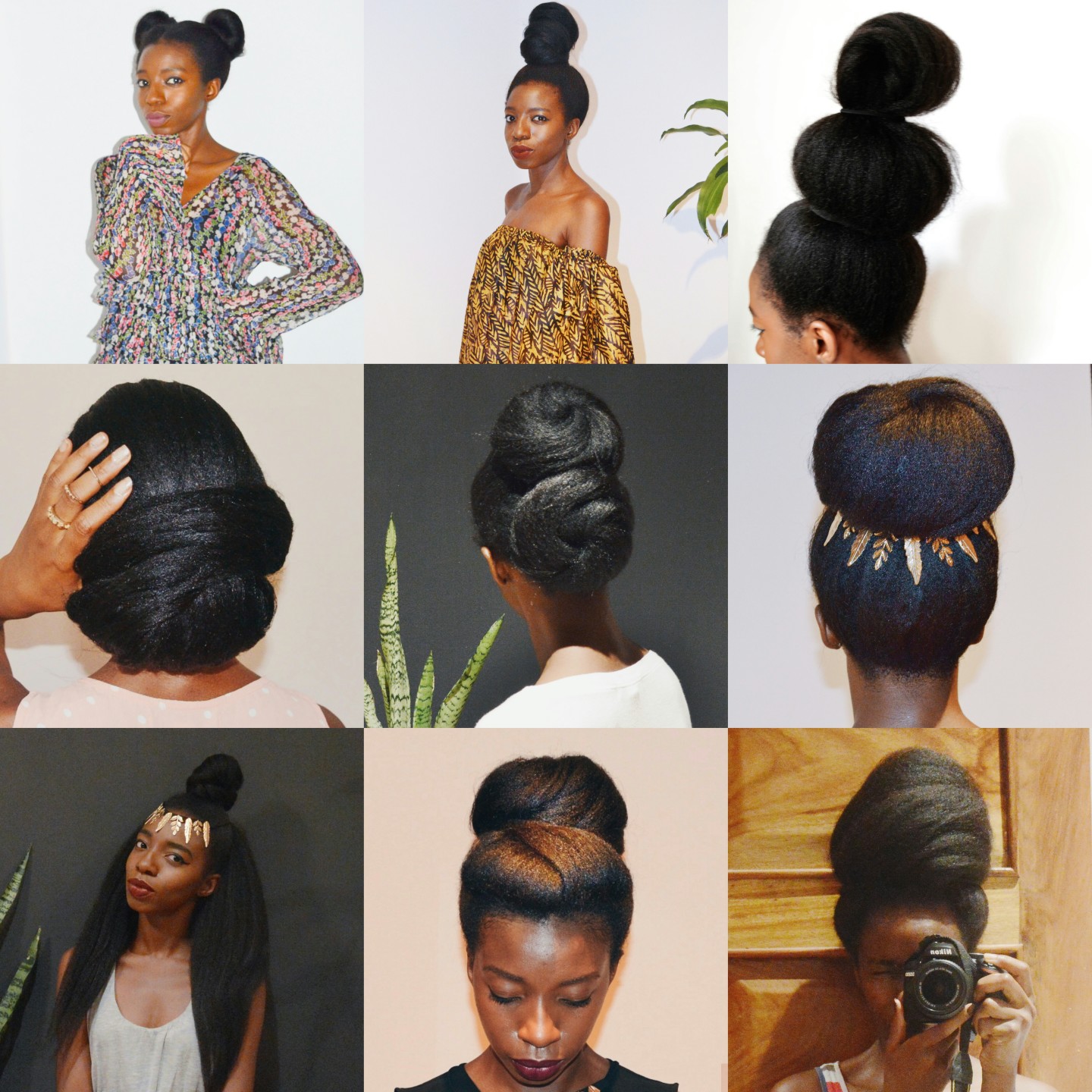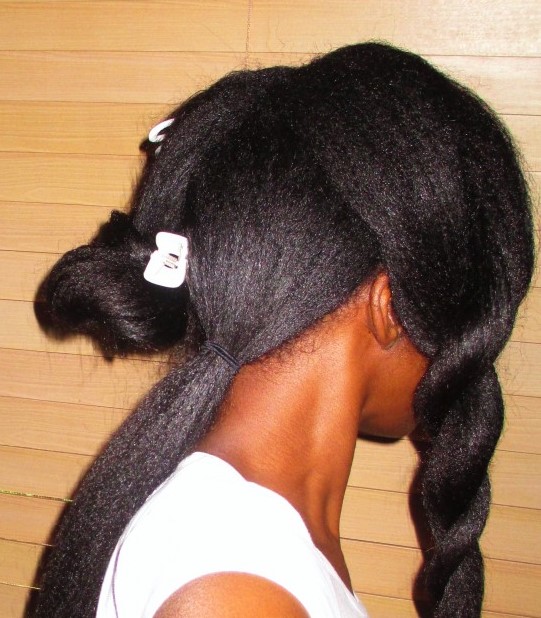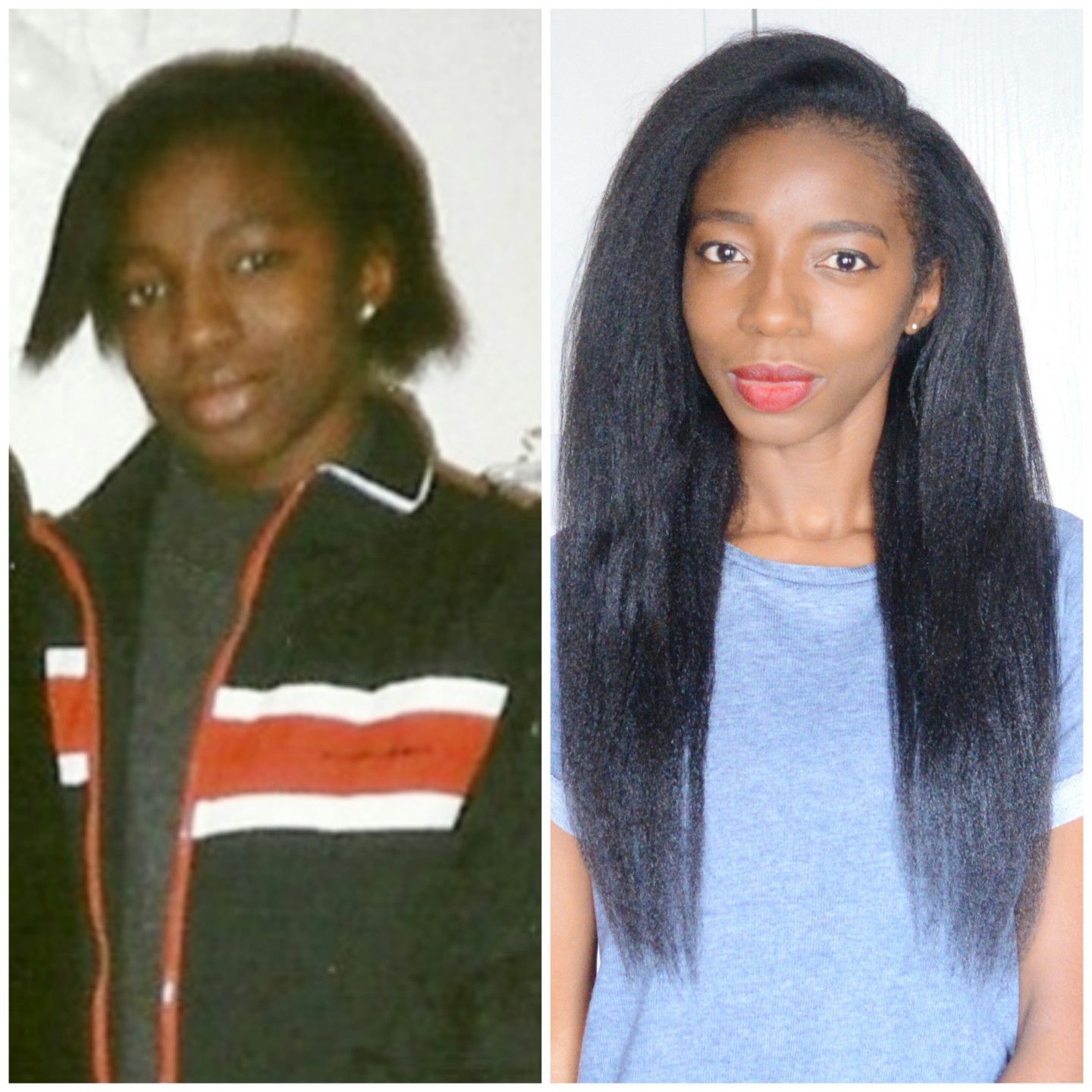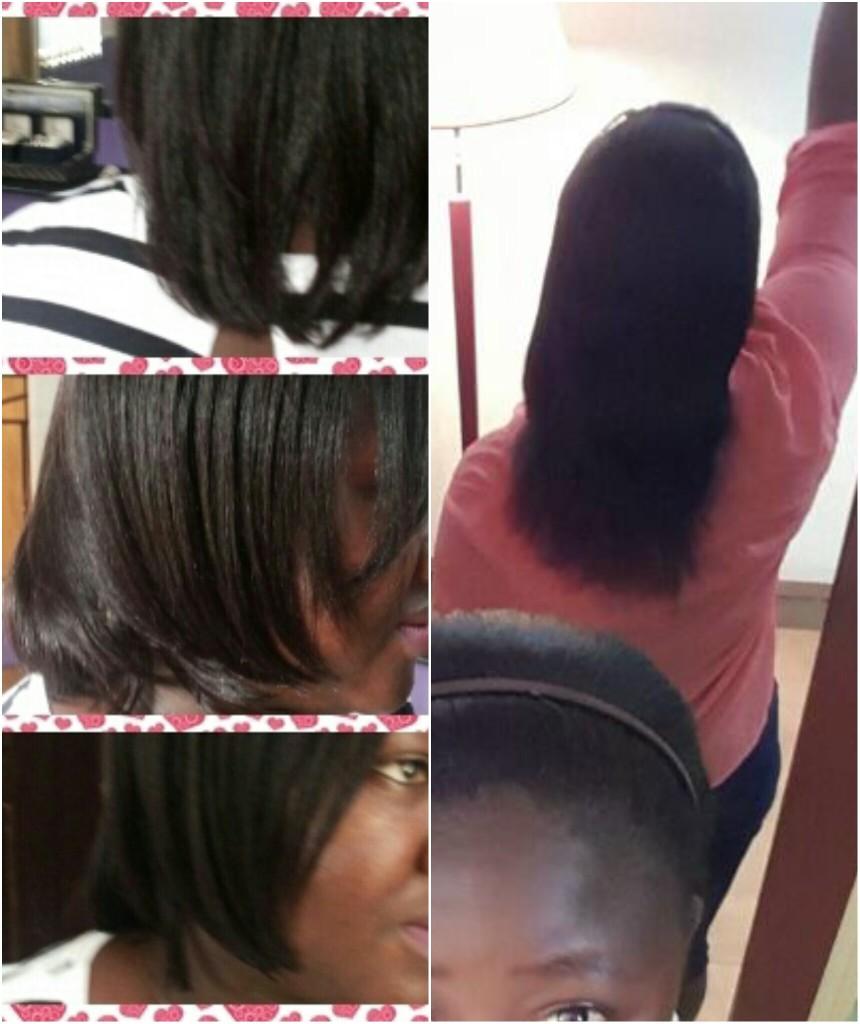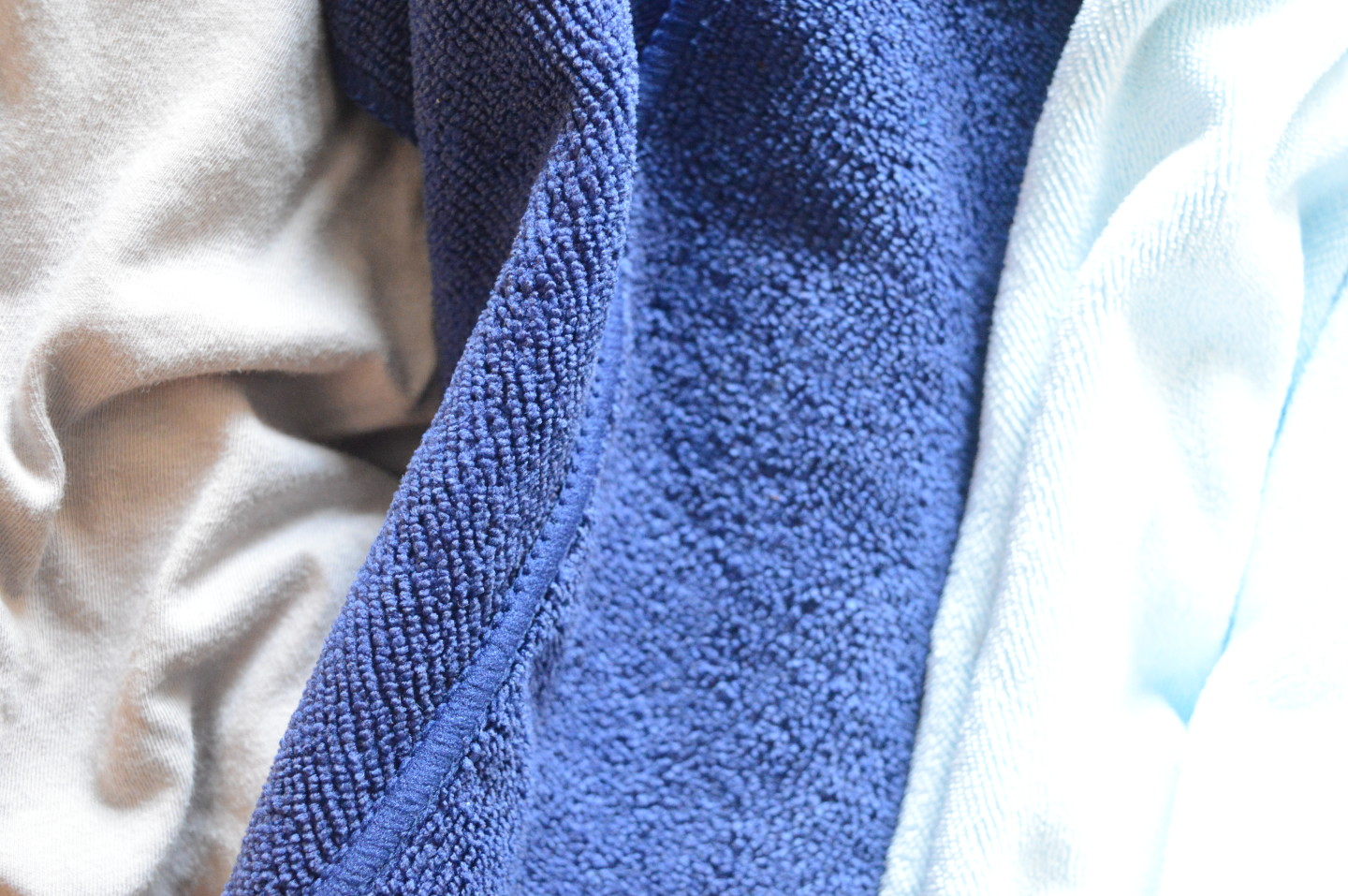
Hello ladies
I decided to write this post after making a hair care related purchase which turned out to be bad for my hair. The purchase I made was a microfibre towel and in this post I will discuss why we should not use a regular towel to dry our hair, safer alternatives and I will share loads of microscopic images to back up the facts in this post.
Using Regular Towels on Hair
Prior to my hair journey, I always used a regular towel to soak up water from my hair on my wash days and I was surprised to learn that it could be causing damage. How???? The fibres of regular towels are large and rough and will catch or latch on to hair fibres when the towel is rubbed on it. This results in high levels of friction and damage to the cuticle layer of hair. Over many months of repeated use, a regular towel will result in frizzy and roughened hair fibres which will be more prone to tangles. Remember, tangles = breakage.
The image below is of some hair strands that had been wiped on a regular cotton towel. You will see that the towel fibres are engulfing the hair fibres.
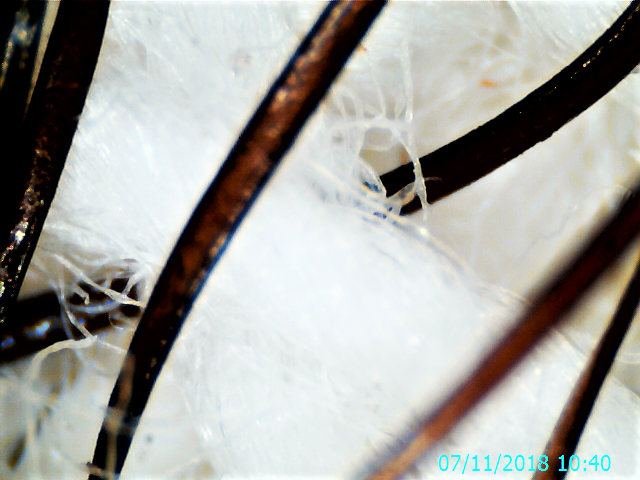
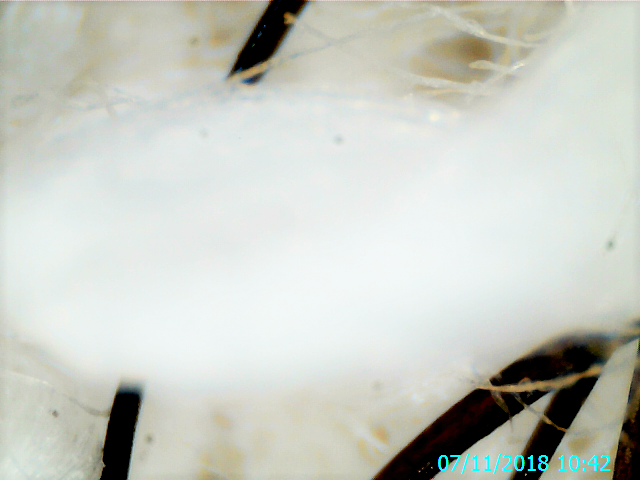
The fibres of the towels are tangling with the hair strands and you can see why the hair fibres would be pulled and tugged and sustain damage in the process of being dried with a regular towel.
An absorbent but much smoother fabric would be much less damaging to hair.
Using Microfibre Towels on Hair
Microfibre towels have much smaller and smoother fibres than regular towels. Despite this they are also more absorbent than standard towels. This is because of the structure/make-up of the fabric means it has a large surface area that soaks up water very well. Using a micro fibre towel to remove excess water from hair will result in much less friction and much smoother hair than using a regular towel.
You can see the images below taken of some hair that had been wiped on a microfibre towel, (the same type we use at Hairitage to be specific 😊) The fibres are not engulfing the hair stands and this shows why it will be less likely to catch and latch on the hair.
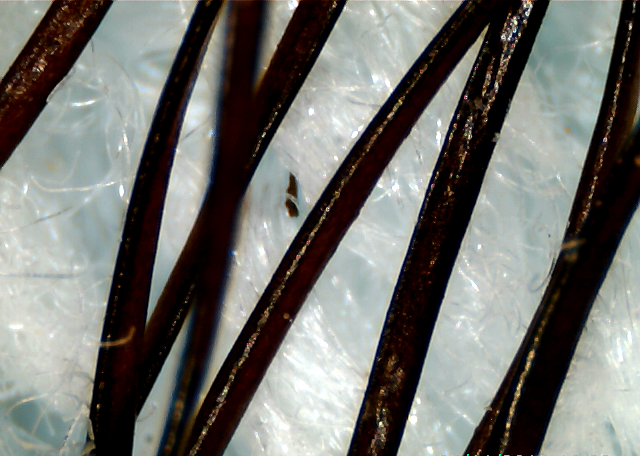
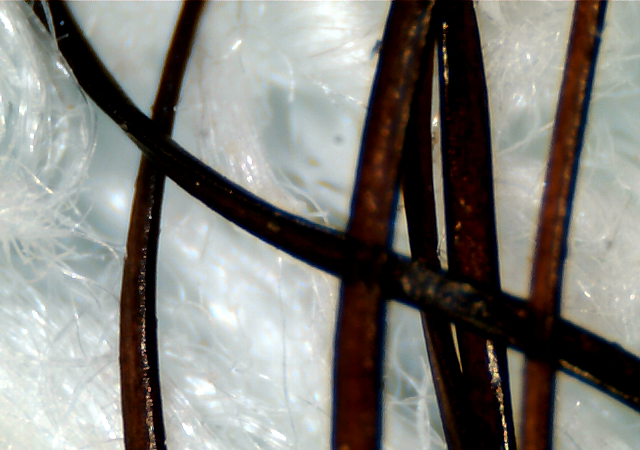
So, a good quality Micro fibre towel will result in less damage and less breakage. I can attest to how well the micro fibre towels we use at Hairitage glide on our clients’ hair without causing damage and breakage. This is what led to me wanting to buy one for my personal use.
The moment I touched the microfibre towel I ordered I knew it was a fail. I literally said “what the heck is this” when I touched it. Looking at it the fibres were larger than the ones we use at the salon and it did not feel smooth to the touch. I decided I would still try it out and as suspected, I could feel the microfibre towel catching and dragging my hair. I could actually hear some of my hair strands pop and break.
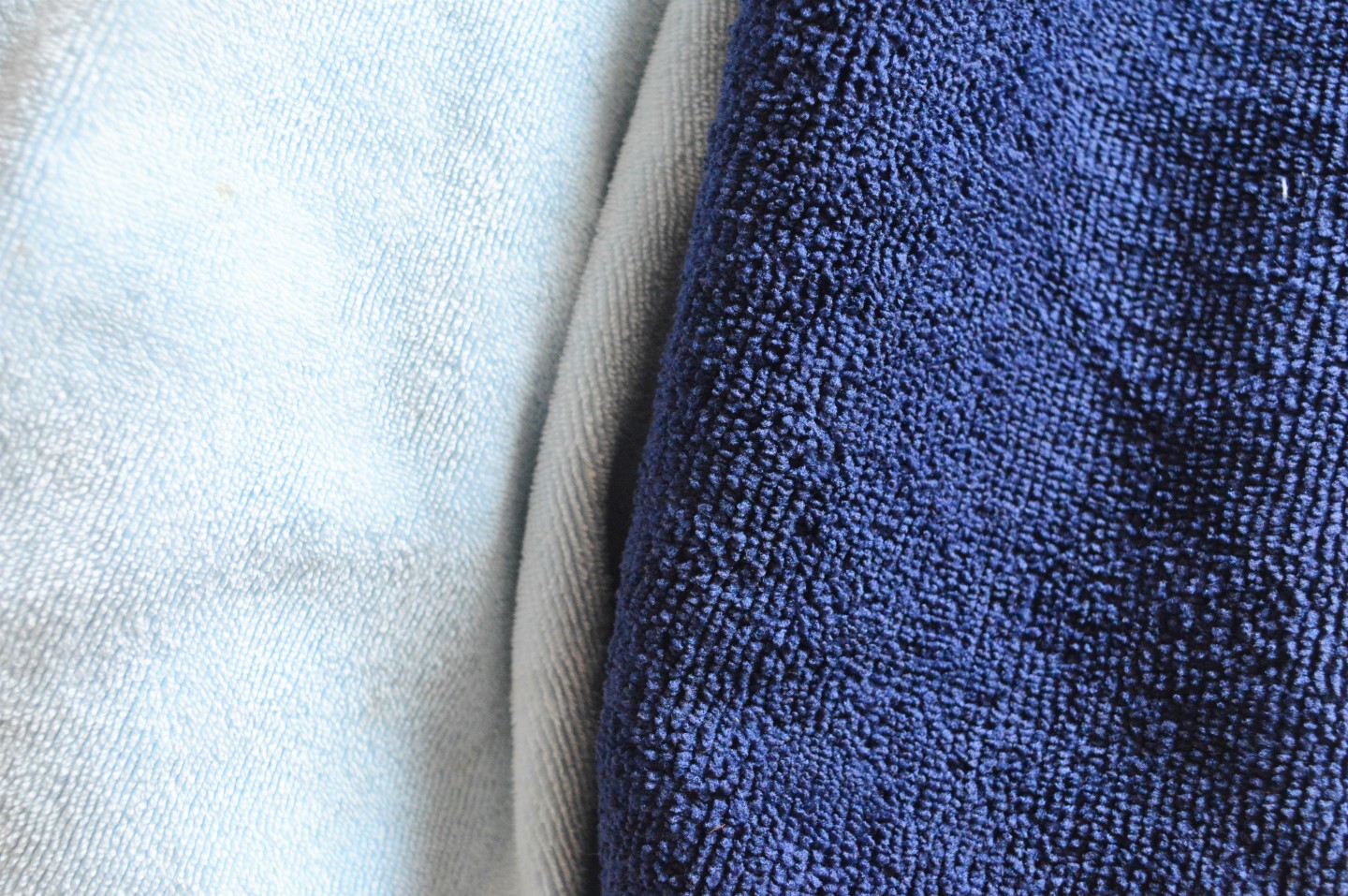
The good microfibre towel is on he left, the “not so good” one is on the right. You can see how much smoother and softer the good quality micro fibre towel looks
You can see in the images below how the fibres of the poor quality microfibre towel intertwine and wrap around the hair fibres. Hopefully, you can see why it will lead to frizzy hair which will be more prone to tangles.
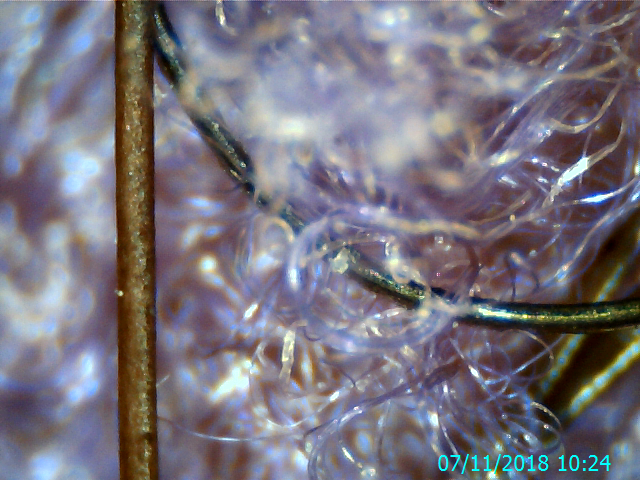
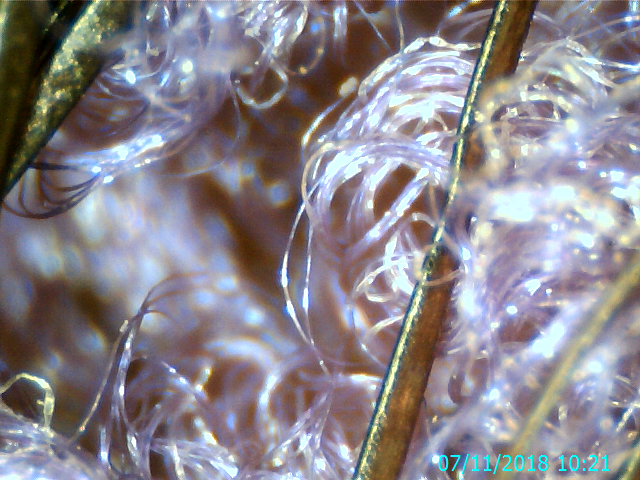
The thing is, I have a point of reference to compare to and know that this is NOT how a good microfibre towel should feel like.
The situation got me thinking; what if I was a newbie to healthy hair care, I would have carried on using the towel believing that was how all micro fibre towels felt. This takes me to the second aspect of this blog post. Listen to your hair, just because something is labelled and marketed as good does not mean it is right for your hair. The product may not be of good quality or have bad ingredients…or the product may be great quality but may just not be compatible with your hair.
When trying out new products or hair care tools, always be guided by how your hair responds to it after one or a few uses.
Using Cotton T-shirt’s on Hair
We get told all the time that sleeping on a cotton pillow cases is damaging to hair and we should always wear a satin scarf or bonnet to bed or sleep on a satin pillow case. So, it seems contradictory to ask ladies to use a cotton t-shirt to dry their hair. The cotton used to make bedsheets and pillow cases are rough in comparison to those used to make t-shirts. Good quality cotton t-shirts are soft and smooth, reducing the risk of damaging levels of friction. They are also very absorbent. Cotton t-shirts gets the job done without causing damage to hair.
I’ve used cotton t-shirts to dry my hair from day one of my hair journey and have never experienced catching and popping or breakage when using it. Looking at the image below of some hair stands wiped on a cotton t-shirt, you can see the fibres are not tangled or intertwined with the hair.
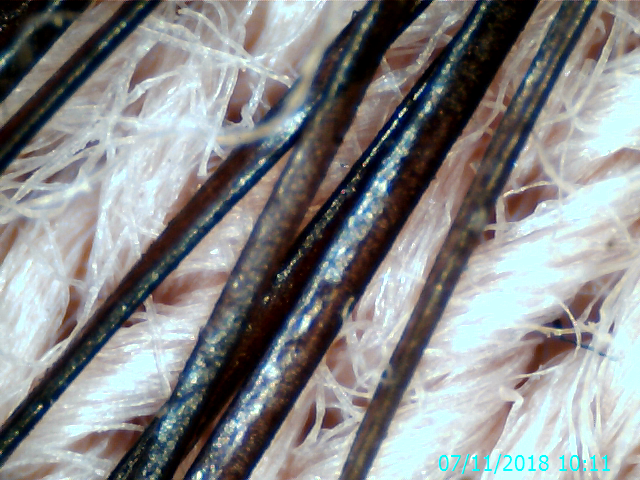
So it seems my cotton t-shirts are here to stay. And if you purchase a micro-fibre towel, make sure it a good quality one. If you choose to use a t-shirt, make sure it feels smooth, does not have any embellishments or decorations that may snag your hair.
Please note that whatever you use to dry your hair, if you handle your hair roughly it will cause damage so go easy ladies.
I hope you have found this post helpful and insightful.
When it comes to hair products, I’ve never really been a product junkie. I buy what my hair needs and only try new items occasionally. However, there is an item I have become addicted to buying and I get giddy with excited whenever I get my hands on a new one. Why??? Because the benefits it has for hair are amazing and I’ve had great results with every single one Ive tried so far. Any idea what I am talking about? Find out in my next post. 😊
X
Lade
Learn | Change | Grow

